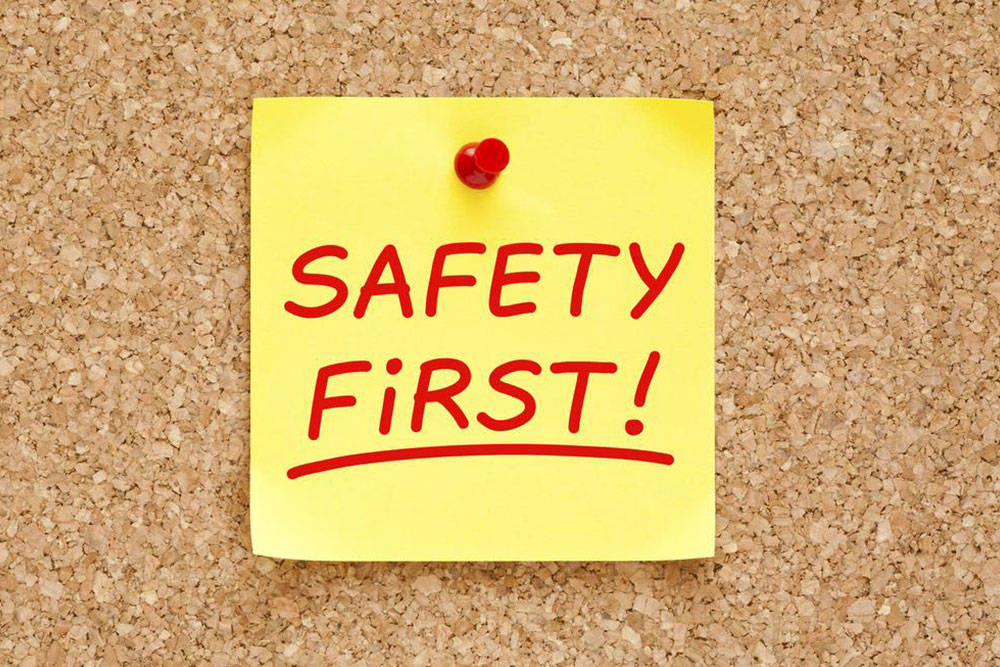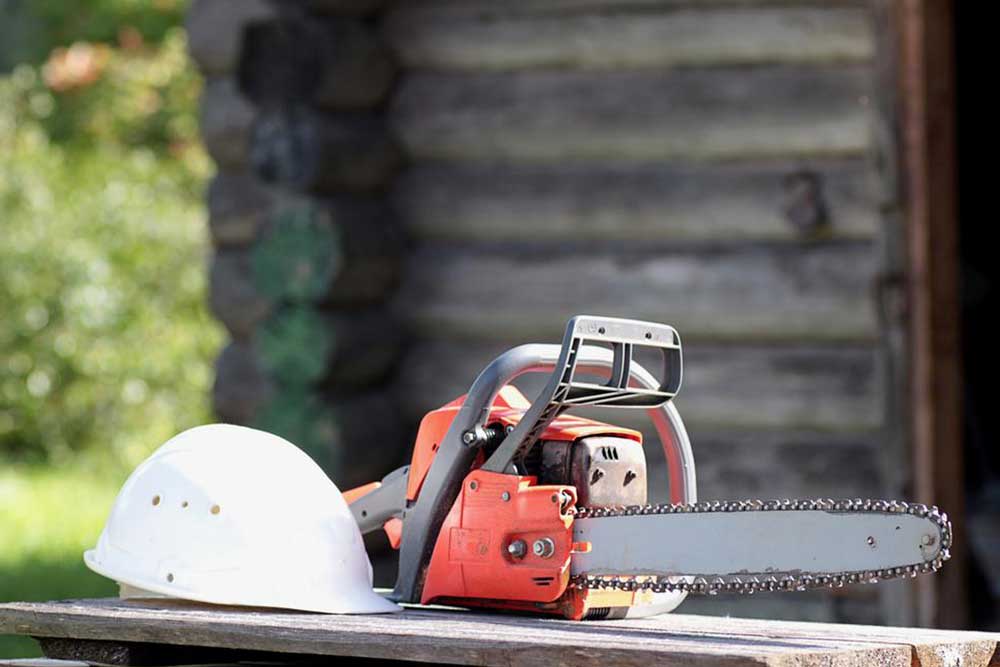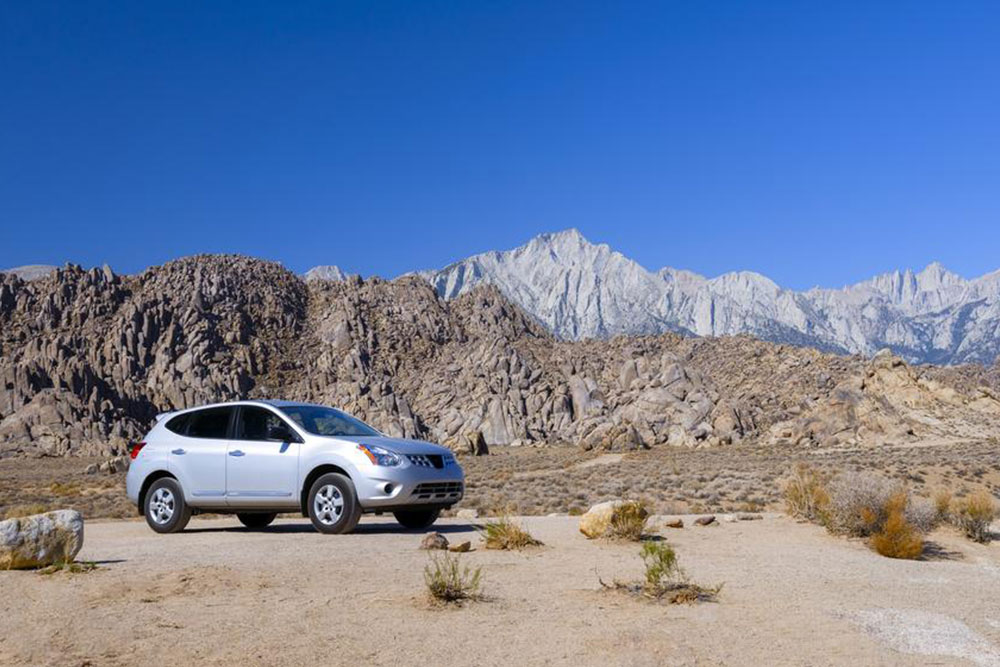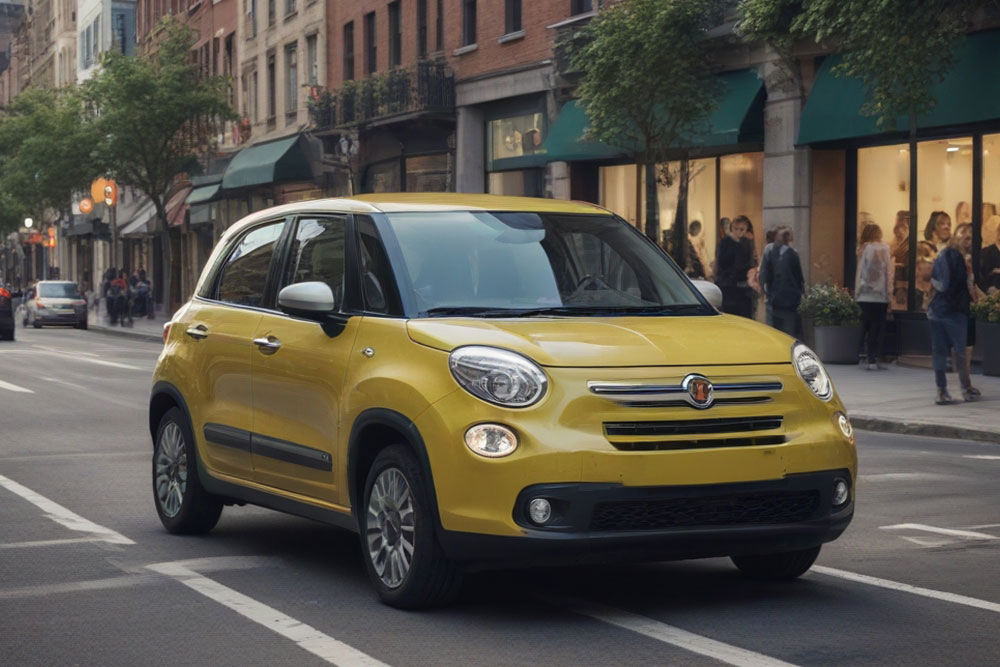The Hidden Risks of Minibikes: Not Just Child's Play
Minibikes are often viewed as toys, but they pose serious safety hazards due to high speeds and lack of safety features. Modern models are now designed to be road-legal and safer, but users must adhere to safety guidelines and legal requirements. Proper protective gear and awareness are crucial for safe riding, ensuring fun without unnecessary risks.
Sponsored

Minibikes, often mistaken for harmless toys, are far from innocent. Even the most affordable petrol-powered models can reach speeds of up to 40 km/h, while electric versions usually top out between 10 and 25 km/h. Many minibikes, especially those built by hobbyists, lack essential safety features like indicators, mirrors, horns, and headlights. These small bikes pose significant safety concerns—they can easily be overlooked by drivers, especially in busy traffic or noisy environments, leading to dangerous accidents.
Size Belies Danger
Despite their cute appearance, minibikes can be hazardous. Their small size makes them difficult for larger vehicles to see, increasing the risk of collisions. Historically, safety issues caused a decline in sales, but recent innovations have led to safer, road-legal versions from brands like Honda, Kawasaki, and Yamaha. These models come equipped with headlights, signals, lights, horns, and speedometers, often with speed limits to ensure safer riding. Depending on local laws, riders may need insurance, registration, and specific licenses, similar to full-sized motorcycles.
Ensuring safety is vital for all minibike riders. Always wear protective gear such as helmets, knee pads, and shin guards. Responsible riding can provide endless fun while keeping risks minimized.






